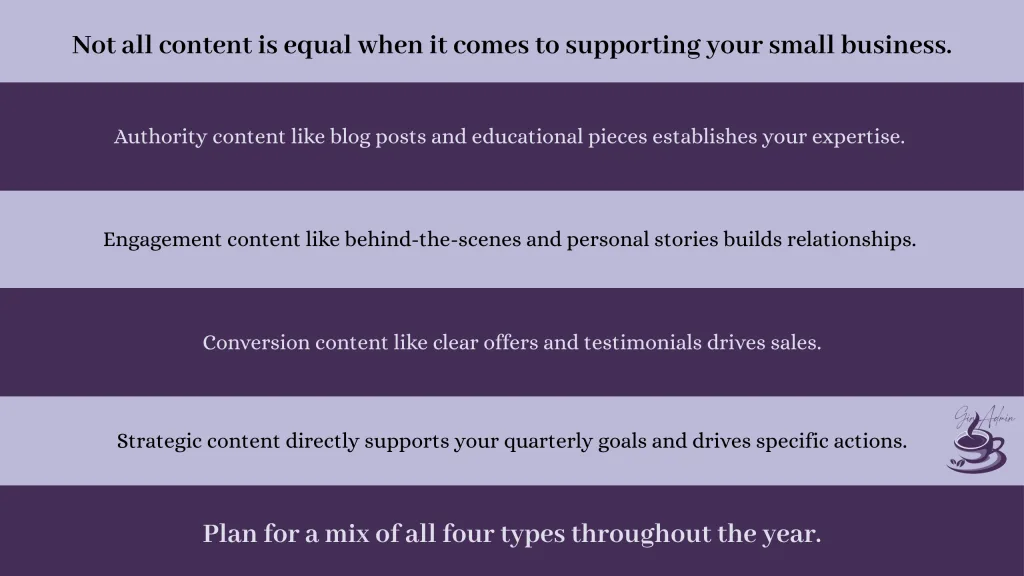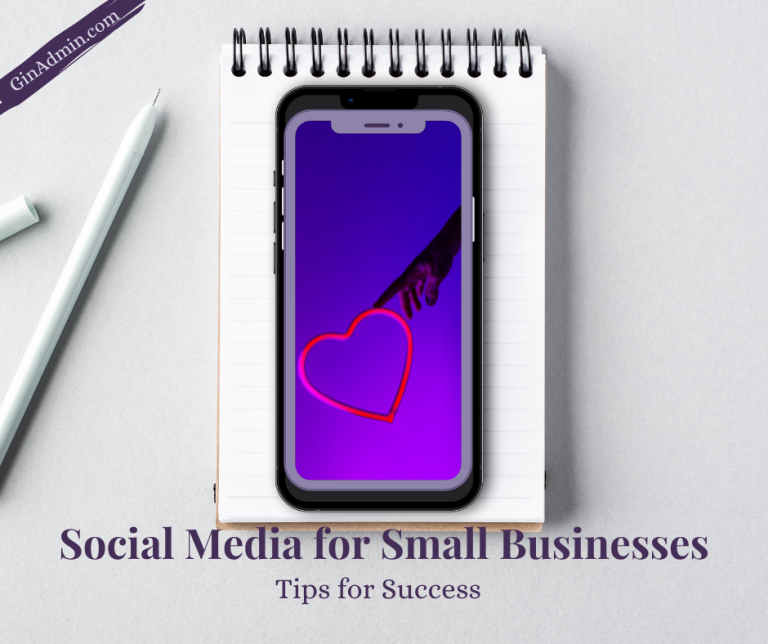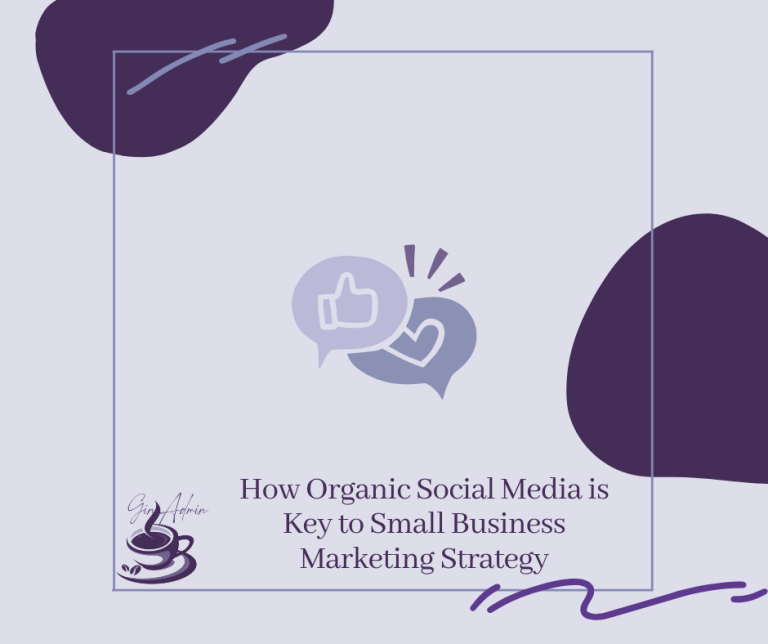January 1st always starts the same way.
You’re full of optimism and ambition.
Big goals, detailed plans, maybe even a vision board or a fresh notebook where you write “THIS IS MY YEAR” in your best handwriting.
Then February happens.
Reality crashes the party.
Your grand plans meet actual client work, unexpected challenges, and the realization that you’re still just one person with 24 hours in a day.
By March, that beautiful business plan is buried under papers filled with coffee stains, silently judging you every time you sit down at your desk.
I’ve lived this cycle more times than I want to admit.
The problem wasn’t my goals or my ambition.
It was creating plans in a bubble of January optimism without accounting for the messy reality of running an actual business.
Most business strategies focus on what you want to achieve without considering how you’ll actually get there, all while managing clients, creating content, and occasionally sleeping.
So let’s build a strategy that’s different. One based on what you learned from your year-end review (you did that, right?), grounded in reality, and designed to help you grow without sacrificing your sanity.
Why Most Business Plans Die By Valentine’s Day
Business plans that don’t work share common problems.
They’re created without accounting for things like time, energy, and the fact that you’re already running a business while trying to implement new strategies.
They focus on outcomes without defining the systems needed to get there.
“Hit six figures” sounds great until you realize you have no plan for how to actually do that.
Wait, you need a plan for that? Who knew, right? Going to need another cup of coffee for this…
They ignore lessons from the previous year, starting fresh instead of building on what already worked.
Why are you trying a completely new marketing strategy when last year’s approach was finally gaining traction?
And they definitely don’t include content planning, which means marketing becomes a constant stressor instead of a strategic tool.
The small business owners who crush it next year won’t be the ones with the prettiest vision boards.
While I love a pretty vision board, they’re not concrete PLANS.
The small business owners crushing it will be the ones with clear strategies based on real data, realistic expectations, and systems that support their goals.

Turning Your Year-End Review Into Strategy
Remember that year-end review you did?
(If you didn’t do it yet, go read that blog post first because this won’t work without it.)
That review gave you data about what worked, what flopped, who your best clients are, and how your content performed.
Now we’re using that information to build your strategy.
Define Your Focus
Based on what you learned from this year, what does your business need most next year?
Not five things.
Not everything.
One primary focus.
Maybe you need revenue growth.
Or maybe you need better systems so you’re not constantly overwhelmed.
Maybe you need to attract higher-quality clients who actually value your work.
Or maybe you need to finally get your content strategy handled so marketing stops feeling like a daily fire drill fueled by copious amounts of caffeine.
This focus becomes your filter for every decision you make next year.
When opportunities come up (and they will), you ask: does this support my focus? If not, it’s probably a distraction disguised as an opportunity.
I learned this the hard way. One year my focus was building better systems, but I kept saying yes to new projects that paid well but required me to do everything manually.
By June I was drowning because I’d ignored my own strategy.
Focus matters more than hustle.
Set SMART Goals That Actually Make Sense
Everyone talks about SMART goals but most people still set them wrong.
Specific doesn’t mean “grow my business.” It means “increase monthly revenue from $5k to $7k by launching two new services for existing clients.”
Measurable means you need numbers. How will you know if you hit it? “More sales” isn’t measurable. “Ten new clients” is.
Achievable means based on your previous years’ performance, not fantasy. If you made $60k last year, shooting for $500k this year probably isn’t realistic unless something fundamental changes in your business model.
Relevant means it supports your focus. If your focus is building systems but all your goals are about client acquisition, something’s wrong.
Time-bound means actual dates. Not “someday” but “by June 30th.”
Set three to five major goals for the year.
More than that and you’re just setting yourself up for overwhelm.
I typically have three big goals and two stretch goals.
The big three are non-negotiable.
The stretch goals are things I’d love to achieve if everything goes well, but I won’t beat myself up if they don’t happen.
Build Your Quarterly Strategy

Annual goals feel overwhelming.
Quarterly planning makes them manageable.
Break your year into four quarters and assign focus areas to each one.
Q1 (January through March) is your foundation quarter. What systems need to be set up? What needs fixing from last year? This is “get your house in order” time. Every January, I audit my tools, update my processes, and fix whatever broke last year.
Q2 (April through June) is a growth quarter. Energy is typically high and people are ready to invest after tax season. What can you launch or expand? This is a good time to introduce new offers or services.
Q3 (July through September) is a momentum quarter. Keep the energy going from Q2. This is also prime time for content creation and planning for Q4. I usually batch a lot of content in July because I know Q4 will be busy.
Q4 (October through December) is the maximize quarter. For many small businesses, this is the biggest revenue opportunity of the year. How will you capitalize on it?
For each quarter, define your primary goal, key projects or launches, content themes (we’ll be talking about this next), and resources needed.
This approach makes annual goals feel doable instead of impossible.
Your Content Strategy
Most small business owners wing content month by month.
Constantly stressed about what to post, never getting ahead, always feeling behind.
But content is your marketing engine.
When it’s strategic, it brings in leads, builds authority, and supports your business goals.
Let’s plan your entire year’s content strategy right now, while you still have a functional brain and your coffee’s still warm.
The Content Planning System
Start with big-picture content themes for each quarter.
If Q1 is about foundation, your content might focus on systems, organization, and setting up for success. If Q2 is about growth, content shifts to visibility, scaling, and expansion.
You’re not planning every single post.
You’re creating a framework that makes monthly planning easier.
For each month, pick one primary topic or theme that supports your quarterly goals.
January focuses on new year planning and goal setting. February covers systems and automation. March handles spring preparation for the busy season. April explores growth strategies and visibility. May dives into launching and promotion. June wraps up with momentum and mid-year review.
And so on through the year.
Having a monthly focus means you’re not scrambling every week wondering what to talk about.
Everything you create that month connects to one cohesive theme, making your marketing feel strategic instead of random.
Content Batching Schedule
The last week of every month, batch create next month’s content.
Block out two to three hours at the end of each month to create the following month’s content. You already know the theme. You just need to execute.
This means you’re never creating content when you’re already stressed about that month’s work. You’re creating from a place of clarity and energy, then executing on autopilot.
I do this every month without fail. Usually on a Friday afternoon with a big mug of coffee and good music. It’s become my favorite business ritual because it means I start each month ahead instead of behind.
Four times a year (start of each quarter), do bigger content sprints where you create cornerstone content for the quarter like blog posts, lead magnets, and major pieces. Plan any launches or promotions. Update your content calendar with specific post ideas.
These quarterly sprints keep you ahead of the game. And your content always supports your current business goals.
Content Types That Support Your Strategy
Not all content is equal when it comes to supporting your small business.
- Authority content, like blog posts and educational pieces, establishes your expertise.
- Engagement content, like behind-the-scenes and personal sorites, builds relationships.
- Conversion content, like clear offers and testimonials, drives sales.
- Strategic content directly supports your quarterly goals and drives specific actions.
Plan for a mix of all four types throughout the year.

Too much authority content and nobody connects with you as a human. Too much engagement content and nobody knows what you actually offer. And too much conversion content and people tune out because you’re always selling.
Finding the right balance makes content actually work for your business instead of just filling space on the internet.
Making Your Strategy Actually Happen
A strategy only works if you implement it.
The last week of every month, spend 30 minutes reviewing. Did you hit this month’s goals? What worked? What didn’t? What needs adjusting? Are you still on track for quarterly goals?
These quick check-ins keep you honest and help you course-correct before small problems become big ones.
At the end of each quarter, do a deeper review. Did you achieve quarterly goals? What lessons did you learn? What needs to change for next quarter? How’s your annual progress looking?
This is also when you can update your content strategy based on what’s actually working, not what you thought would work.
The Support Systems You Need
Your strategy needs support or it falls apart.
Time blocking matters. Schedule time for strategy work, content creation, and business development. If it’s not on the calendar, it won’t happen.
I block every Friday afternoon for content creation and strategy work. No client calls, no meetings, just focused work.
Accountability helps. Find someone who will check in on your progress.
A business friend, a coach, a mastermind group. Someone who will ask “did you do the thing you said you’d do?” and actually expect an answer.
Flexibility is really important. Your strategy should guide you, not imprison you. When things change (and they will), adjust your plan.
That’s not failure. That’s smart business.
Rest is really a non-negotiable. Build in downtime and slower periods.

Burnout isn’t a business strategy, no matter what hustle culture tells you.
Common Strategy Mistakes to Avoid
Planning like you’re a Fortune 500 company when you’re actually a solopreneur with a cat who sits on your laptop doesn’t work.
Your strategy should reflect YOUR reality.
Keep it simple, focused, and actually doable.
Ignoring what you learned in 2025 wastes valuable data. If something didn’t work last year, why are you planning to do it again? Use your year-end review insights.
Skipping content strategy means nobody knows about your amazing offers. You can have the best business strategy in the world, but if nobody knows about you, it won’t matter.
Setting it and forgetting it turns your strategy into that dusty document in the drawer. Schedule monthly reviews or your strategy becomes useless.
Trying to do everything spreads you too thin. Focus wins. Pick your top three to five goals and go deep on those instead of attempting 20 different initiatives.
Your Action Plan
Define your focus and set your three to five SMART goals for the year. Start your quarterly breakdown.
Then complete your quarterly strategy and define monthly content themes for all twelve months. Schedule your monthly content batching sessions in your calendar right now.
After that, do your Q1 content sprint to create January through March cornerstone content. Set up your monthly strategy check-in system. Review your support systems like time blocking, accountability, and tools.
Before January 1, have your entire strategy documented. Have Q1 content planned and partially created. Schedule your quarterly review dates for the entire year.
The difference between small business owners who crush it and those who struggle isn’t talent or luck.
It’s having a clear strategy based on real data and the discipline to follow through.

Connecting It All
That year-end review you did gave you insights.
This strategy turns those insights into action.
Your content planning system makes sure people actually know about your small business and your amazing offers.
When these three pieces work together, you’re clear about what happened, direction for where you’re going, and a plan for telling people about it.
That’s how you build a small business that grows consistently instead of feeling like you’re constantly starting over.
The Real Secret
Nobody tells you this about small business strategy: the plan matters less than the planning process.
Going through this exercise forces you to think strategically about your small business instead of just reacting to whatever comes your way.
It makes you intentional about your time, your energy, and your resources.
And it gives you something to come back to when you feel lost or overwhelmed, which will happen because running a small business is hard.
Your strategy isn’t a guarantee of success.
But not having one basically guarantees you’ll spend next year feeling scattered, stressed, and wondering why you’re working so hard without seeing results.
So grab your coffee (maybe make it a large), block out the time, and build your new year’s small business strategy.
The business you want to run next year is waiting for you to create it.
Not someday.
Not when things calm down.
Right now.
Because next year is coming whether you’re ready or not.
Might as well show up prepared.
You’ve got this!
Your small business strategy is only as good as the content that tells people about it. Download my Content Creation Made Easy guide to make sure your content actually supports your small business goals instead of just filling space on the internet. Because what’s the point of a brilliant strategy if nobody knows what you offer?





